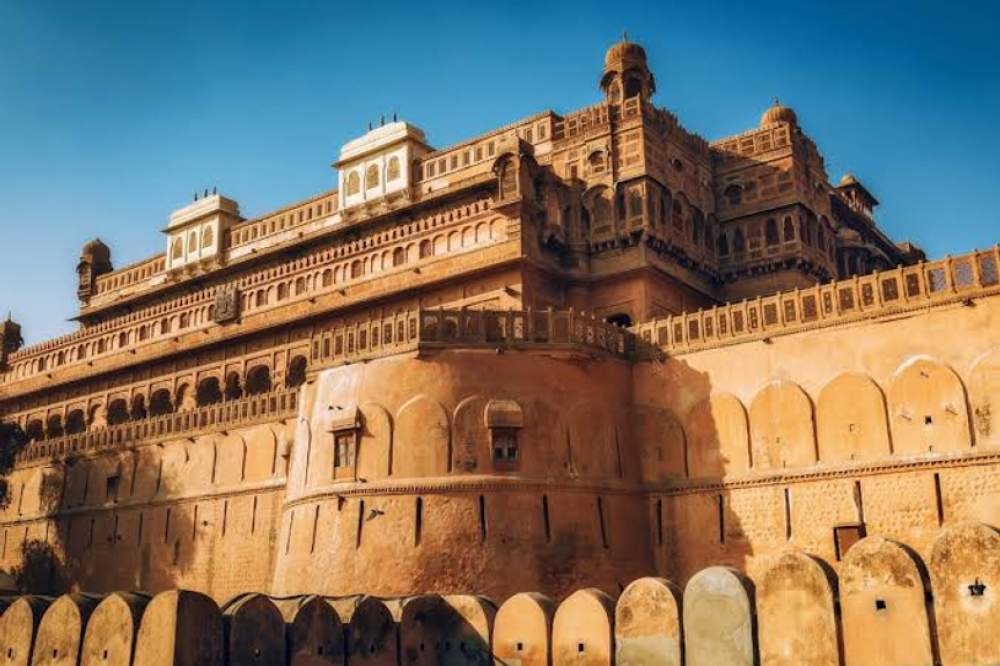

The Allahabad Fort stands as a testament to the city's historical richness and architectural excellence. Located on the banks of the confluence of the Ganges, Yamuna, and Saraswati rivers, this magnificent fortress was constructed by the Mughal emperor Akbar in 1583. The fort is not only a symbol of India's grand past but also a significant feature in the fabric of Indian history.
Tourism at Allahabad Fort has a rich history, closely tied to its religious and strategic importance. Over the years, the site has attracted countless visitors, ranging from pilgrims visiting during the Kumbh Mela, one of the largest religious gatherings in the world, to history buffs intrigued by its ancient stories and Mughal architecture.
The British period in India saw Allahabad Fort becoming part of the colonial circuit, with British officers and Indian elites visiting the site for its historical significance. Post-independence, the fort has been recognized by the Archaeological Survey of India as a monument of national importance, making it a protected heritage site and maintaining its allure for tourists.
In recent years, there is a growing trend towards experiential and heritage tourism which has contributed immensely to the tourism sector of Prayagraj. Visitors are increasingly seeking immersive experiences which entail more than just sightseeing; they want to learn about the culture, history, and stories that have shaped destinations like Allahabad Fort.
Another trend that has been shaping the tourism landscape is the use of digital technology. With virtual tours, augmented reality experiences, and online educational content, sites like the Allahabad Fort are reaching a wider audience than ever before. This has been particularly significant in the wake of the global travel restrictions due to the COVID-19 pandemic.
Moreover, sustainable tourism practices are also rising to prominence. Tourists and operators alike are becoming more conscious of their environmental footprint and the need to preserve the historic attributes of heritage sites. The authorities have been active in promoting responsible tourism that ensures the conservation of Allahabad Fort for future generations.
The Kumbh Mela continues to be the most significant draw for tourists, as millions of pilgrims visit Prayagraj during this time, and many include a trip to the fort in their itinerary. However, it is important to note that the inner areas of the fort are currently under the control of the Indian Army, and access to visitors is limited to certain areas only.
Allahabad Fort remains an enduring symbol of Prayagraj's historical and cultural significance in India. As tourism evolves with technology and changing visitor expectations, the fort stands resilient, continuing to fascinate travelers and researchers from all over the world. The tourist experience in and around the fort is a profound blend of ancient history and modern practices, making it an exemplary case of preserving the past while embracing the future of tourism.